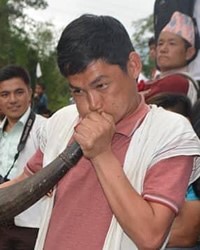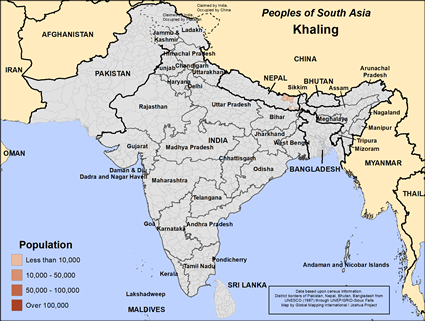After a long time, and due to the growing influence of Islam, many Sengars emigrated from North India. Sengar Rajputs mostly migrated to the south and are also found in Sri Lanka. In the 1st century Sengar Rajputs went to Central India (Ujjain-Madhya Pradesh). There they joined the army of King Vikramaditya. In the 3rd century, they went to Kutch-Gujarat with the army of King Vikramaditya.
The traditional way of farming and keeping livestock is not efficient, but people are not open to experimentation and innovation. But migrating to the cities or abroad will not solve the problem of poverty of those remaining in the villages. But there is still a need for people to farm and live in villages. It is true; life in the villages is still backward in many ways. Only recently have people seen the value of proper latrines for their health.It is difficult to live and survive in the Khaling Rai homeland due to numerous problems, including inadequate communication, sanitation, and healthcare, as well as the absence and unavailability of machinery, increasing scarcity of land suitable for cultivation, deforestation, and limited access to alternative fuel for cooking.
We have very little information about the Khaling Rai people's spiritual beliefs.
Because of continued cutting of trees, the hillsides have become bare and landslides during the monsoon rains are common and destructive. Transportation is also a problem. Recently, with use of bulldozers, they have carved roads out of the hillsides. Many of these new roads lack proper planning and engineering so that they are easily washed away during the monsoon.
Pray for workers who are driven by the love and boldness of the Holy Spirit to go to them.Pray for the Holy Spirit to move powerfully in Khaling households, giving them a hunger for righteousness.Pray for the Lord to give them dreams and visions of the risen Christ.
Scripture Prayers for the Khaling in Nepal.
| Profile Source: Joshua Project |













